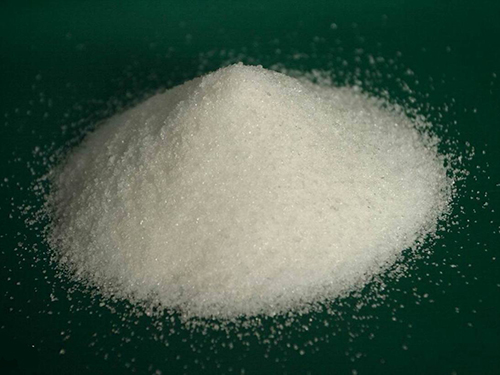1 月 . 25, 2025 20:14
Back to list
cationic polyacrylamide flocculant
Cationic polyacrylamide flocculants have emerged as a cornerstone in water treatment solutions, known for their effectiveness in removing suspended particles and clarifying water. This article delves into their myriad applications, offering insights from industry experts, and examines why they are trusted by professionals worldwide.
Paper and Pulp Industry The paper manufacturing process, albeit indispensable, produces considerable wastewater with high biochemical oxygen demand (BOD) levels. CPAM has become the standard flocculant choice for paper mills aiming to recycle and reuse water. According to a leading paper manufacturer in North America, the adoption of CPAM reduced their water consumption by 35%, significantly lowering their operational costs and minimizing environmental impact. Reliability and Safety Considerations The trustworthiness of cationic polyacrylamide flocculants is backed by extensive research and consistent performance across various operational contexts. These compounds are synthesized in state-of-the-art facilities that adhere to stringent quality control standards, ensuring product reliability and effectiveness. Safety assessments and environmental impact studies further corroborate the non-toxic nature of CPAM when used appropriately, thus safeguarding both human health and the environment. Economic and Environmental Benefits Beyond their technical utility, CPAM flocculants offer compelling economic advantages. By enhancing water treatment efficiency, they lead to lower energy consumption and reduced chemical usage. This not only cuts costs but also aligns with sustainable practices by minimizing chemical residues and their potential ecological impact. Industry leaders have lauded CPAM’s ability to combine performance with sustainability, contributing to reduced carbon footprints and fostering eco-friendly operational philosophies. The Future of Flocculant Technology Innovations in polymer science continue to optimize the performance of cationic polyacrylamide flocculants. Researchers are investigating biodegradable variants and hybrid compounds to further increase efficiency and environmental compatibility. As regulatory frameworks tighten globally, such innovations are poised to keep CPAM at the forefront of water treatment solutions. In conclusion, cationic polyacrylamide flocculants embody a blend of experience-driven effectiveness, scientific expertise, authoritative industry applications, and a proven track record for safety and reliability. Their role in water management is indispensable, shaping the present and future landscape of sustainable water purification technologies.


Paper and Pulp Industry The paper manufacturing process, albeit indispensable, produces considerable wastewater with high biochemical oxygen demand (BOD) levels. CPAM has become the standard flocculant choice for paper mills aiming to recycle and reuse water. According to a leading paper manufacturer in North America, the adoption of CPAM reduced their water consumption by 35%, significantly lowering their operational costs and minimizing environmental impact. Reliability and Safety Considerations The trustworthiness of cationic polyacrylamide flocculants is backed by extensive research and consistent performance across various operational contexts. These compounds are synthesized in state-of-the-art facilities that adhere to stringent quality control standards, ensuring product reliability and effectiveness. Safety assessments and environmental impact studies further corroborate the non-toxic nature of CPAM when used appropriately, thus safeguarding both human health and the environment. Economic and Environmental Benefits Beyond their technical utility, CPAM flocculants offer compelling economic advantages. By enhancing water treatment efficiency, they lead to lower energy consumption and reduced chemical usage. This not only cuts costs but also aligns with sustainable practices by minimizing chemical residues and their potential ecological impact. Industry leaders have lauded CPAM’s ability to combine performance with sustainability, contributing to reduced carbon footprints and fostering eco-friendly operational philosophies. The Future of Flocculant Technology Innovations in polymer science continue to optimize the performance of cationic polyacrylamide flocculants. Researchers are investigating biodegradable variants and hybrid compounds to further increase efficiency and environmental compatibility. As regulatory frameworks tighten globally, such innovations are poised to keep CPAM at the forefront of water treatment solutions. In conclusion, cationic polyacrylamide flocculants embody a blend of experience-driven effectiveness, scientific expertise, authoritative industry applications, and a proven track record for safety and reliability. Their role in water management is indispensable, shaping the present and future landscape of sustainable water purification technologies.
Share
Next:
Latest news
-
The Ultimate Guide to Flocculants: Transforming Water TreatmentNewsNov.01,2024
-
Improve Your Water Treatment Solutions with PolyacrylamideNewsNov.01,2024
-
Enhance Your Water TreatmentNewsNov.01,2024
-
Empower You to Achieve the Highest Standards of Water QualityNewsNov.01,2024
-
Effective Scale InhibitorsNewsNov.01,2024
-
Discover the Power of Poly Aluminum Chloride in Water TreatmentNewsNov.01,2024





